As a product marketer, you're always searching for ways to capture your audience's attention, keep them engaged, and ultimately drive conversions. Today, interactive product demos have emerged as one of the most impactful tools in a marketer’s arsenal. But how can you ensure your demo doesn’t just look great but delivers results?
Consider this: interactive demos embedded on websites boast an impressive engagement rate of 68.24% when used in feature launches and a completion rate of 48.97% on landing pages.
These aren't just numbers – they represent real opportunities to connect with potential customers, showcase your product’s value, and shorten the buyer’s journey. With 86.2% of marketers embedding demos on their websites, it’s clear that this approach is already a key part of successful strategies.
However, creating an effective product demo requires more than just flashy visuals. From optimizing step counts and crafting clear calls-to-action (CTAs) to ensuring text is compelling yet concise, every detail contributes to whether your audience engages or clicks away.
In this guide, we’ll explore how to craft product demos that not only look impressive but deliver measurable results. You’ll discover
- What is a product demo?
- Types of product demo
- Advantages and disadvantages of product demos
- What companies should be using product demos
- Key elements of a product demo (a checklist)
- How to deliver an effective product demo
What is a product demo?
Simply put, a product demo is a demonstration of a product to showcase its features, functionality, and benefits to your target audience.
It’s typically used in marketing, sales, or onboarding to help potential customers, clients, or users understand how the product works and why it is valuable.

Types of product demos:
Live demos
Live demos are dynamic presentations performed in real time, making them particularly valuable for enterprise B2B software and complex technical products.
These demonstrations allow for immediate interaction, personalized explanations, and real-time Q&A, which are critical when showcasing high-value enterprise technology solutions or sophisticated software platforms.
Companies selling complex SaaS products or technical systems often leverage live demos during sales calls, conference presentations, and technical onboarding sessions to provide potential clients with comprehensive, tailored product insights.

Recorded demos
Recorded demos offer a scalable alternative, ideal for consumer apps, web services, and online tools with consistent and straightforward workflows.
These pre-recorded video demonstrations provide 24/7 accessibility, enabling potential users to explore product features at their convenience. Marketing teams frequently use recorded demos on websites, as onboarding materials, and product tutorials to showcase their offerings without requiring direct human intervention.
Interactive demos
Interactive demos represent a hands-on approach to product presentation, particularly effective for user-friendly software and self-service products.
Design tools, no-code platforms, and product management software benefit significantly from this approach, allowing potential users to directly engage with the product through guided trials or sandbox environments.
These demos minimize user friction by enabling immediate, practical exploration of product capabilities, often serving as a key component of freemium model strategies.
Prototype demos
Prototype demos focus on showcasing early-stage product versions to gather critical feedback and validate concepts.
Startups, hardware innovators, and design-driven tech companies frequently use these demonstrations during investor pitches, user research sessions, and initial product development cycles.
By presenting preliminary versions of their innovations, companies can collect valuable insights, refine their offerings, and demonstrate potential to stakeholders before full-scale development.
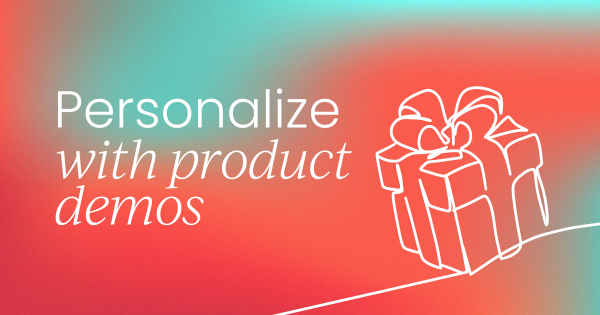
Advantages and disadvantages of product demos
Product demos offer significant advantages for product marketers by creating direct, interactive experiences that allow potential customers to visualize a product's practical applications.
When you provide a tangible demonstration of features and benefits, it enables you to forge an emotional connection with your audience and overcome initial skepticism through real-world functionality.
However, effective product demos are not without its challenges. They require considerable preparation, skilled presentation expertise, and carry inherent risks of exposing product limitations or technical vulnerabilities if not executed carefully.
The time-intensive nature of creating and delivering compelling demos can also present scaling difficulties, particularly for complex or highly technical products, and may involve significant financial investment compared to traditional marketing materials.
Despite these potential drawbacks, well-crafted product demos remain a powerful marketing tool. They offer unique opportunities for direct customer engagement, allowing immediate questions and personalized value proposition exploration that static marketing collateral cannot match.
The key for product marketers lies in carefully balancing demonstration effectiveness with comprehensive preparation and strategic presentation.
What companies should be using product demos
Product demos are essential for companies that offer products or services requiring hands-on exploration or in-depth explanation.
Any company with products or services that are complex, innovative, or customizable can benefit from using product demos.
They help build trust, educate customers, and emphasize the unique value a product brings to the table – making them an essential tool for customer acquisition and retention across various industries.
Key elements of a product demo
Below you will find a checklist of the elements that you should consider including in your product demo. Of course, you will need to tailor it to your company, audience, and product for it to suit your customer’s needs.
Introduction:
- Include a brief overview of the product.
- Highlight the key problem the product solves.
Product features:
- Demonstrate its core features and functionalities.
- Explain how the product works in real-life scenarios.
Benefits and value:
- Explain how the product helps the audience achieve their goals or address pain points.
- Highlight the unique selling points (USPs) that differentiate it from competitors.
Interactivity (if applicable):
- Provide hands-on experience for the audience (e.g., letting them try the product or engage with it during the demo).
Call to action:
- Encourage the audience to take the next step, such as signing up, making a purchase, or requesting further information.
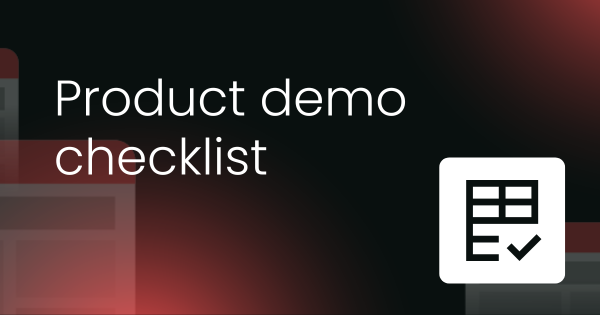
How to deliver an effective product demo
We spoke with Deepthi Nagarajan, Director of Product Marketing at Freshworks, for some expert advice on delivering and building an effective product demo. Here’s what she had to say:
A product demo is a live demonstration of how your product works, so show! Don’t just tell.
Product demonstration is one of the best opportunities that you have as a Product Marketing Manager to showcase your product’s capabilities. Here are a few ways you can make the most of it.
1) Know your audience and relevance is key
It is important to know if you are going to deliver your demo to a business audience or a technical audience and which industry they come from.
From my experience, I have observed that showing the same demo does not work effectively for both these sets of audiences as what features they look for and care about in your product and what each of them values are different.
If you are in a tradeshow firing up your demo environment, use that time to talk to your customers and know more about them. As they share their role in their organization and their needs for this solution, think through what you need to showcase in your demo.
There is no point showing a feature that is irrelevant to your customer although it may be the latest “cool” feature that you have added to your product.

2) Show the top 3 relevant features that would make their role easy and communicate the value and benefits it brings to the table
Technology is only as good as how it can help its users achieve their end goals. Based on your interactions with them, pick the top three features that would entice your customers and show them. Restate their problem empathize with them and speak their language.
Tell them how easy it is for them to learn and use your product and how it can help in enhancing their respective roles in their organization and their business objectives.
If you are talking to an IT manager who is worried about losing visibility and control of his/her IT investments, make sure you show how your product has a dashboard and its relevant functions that can help gain that visibility that he/she requires.
3) Leave room for dialogue and to gather feedback
As a passionate product marketer, you may be proud to talk a lot about your product and its value.
I learned this the hard way! But it's important to be aware and build a healthy dialogue to listen to your customer and give room for your customer’s questions. After every feature, take a pause and listen and deeply observe their response and reactions.
At the end of your demo, ask them for feedback on what other new features they would like to see in the product, and why they value those features.
If you already have those features, use the opportunity and show them if they have the time to see it now. If they don’t exist, this would be a great opportunity for you to take this feedback to your product teams and improve your product.
Want to continue the conversation? Join our Slack community of over 50,ooo product marketers!


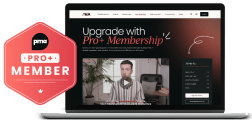


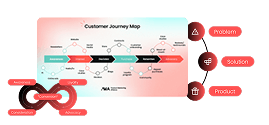
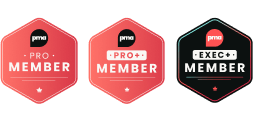






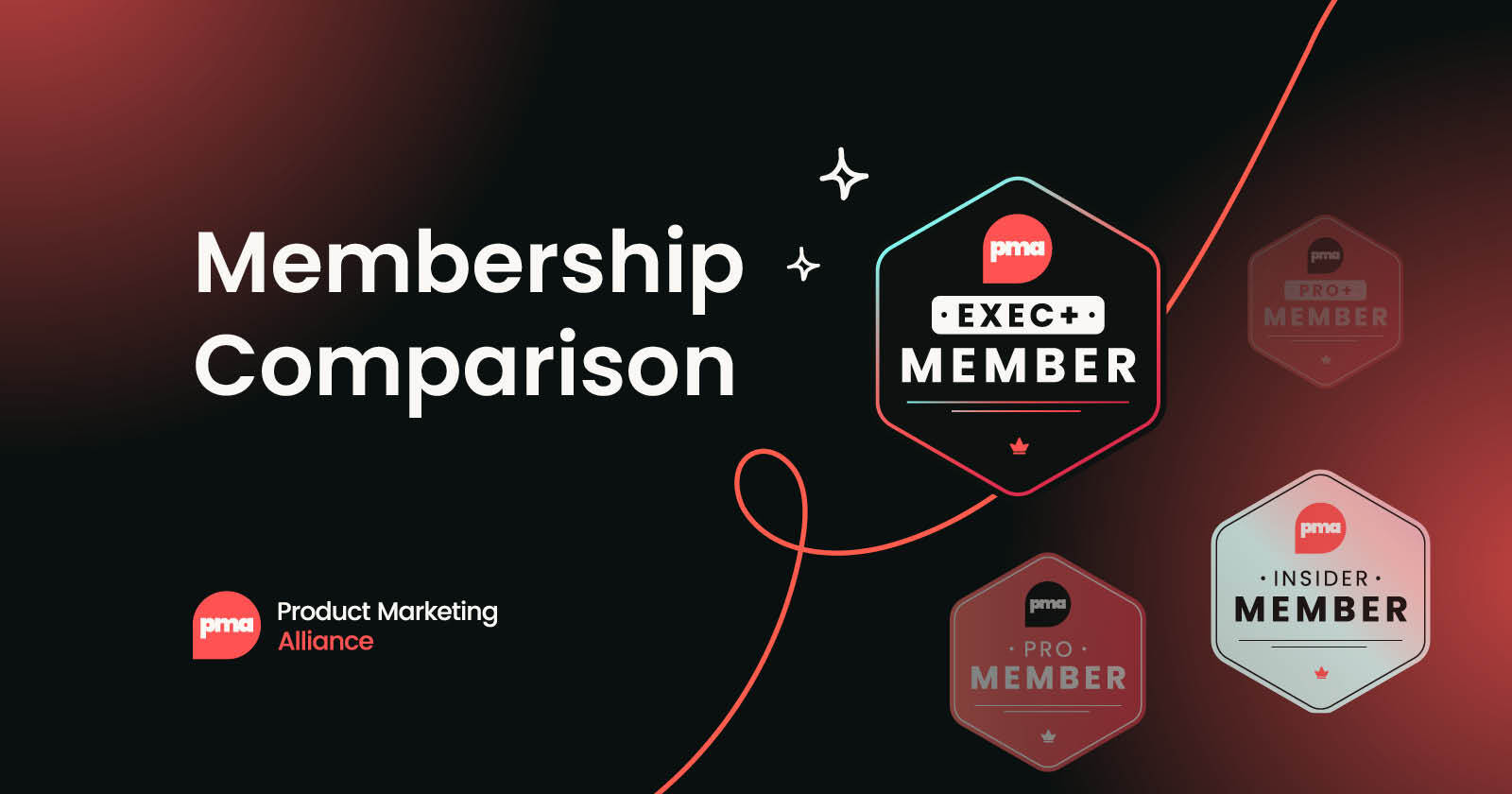
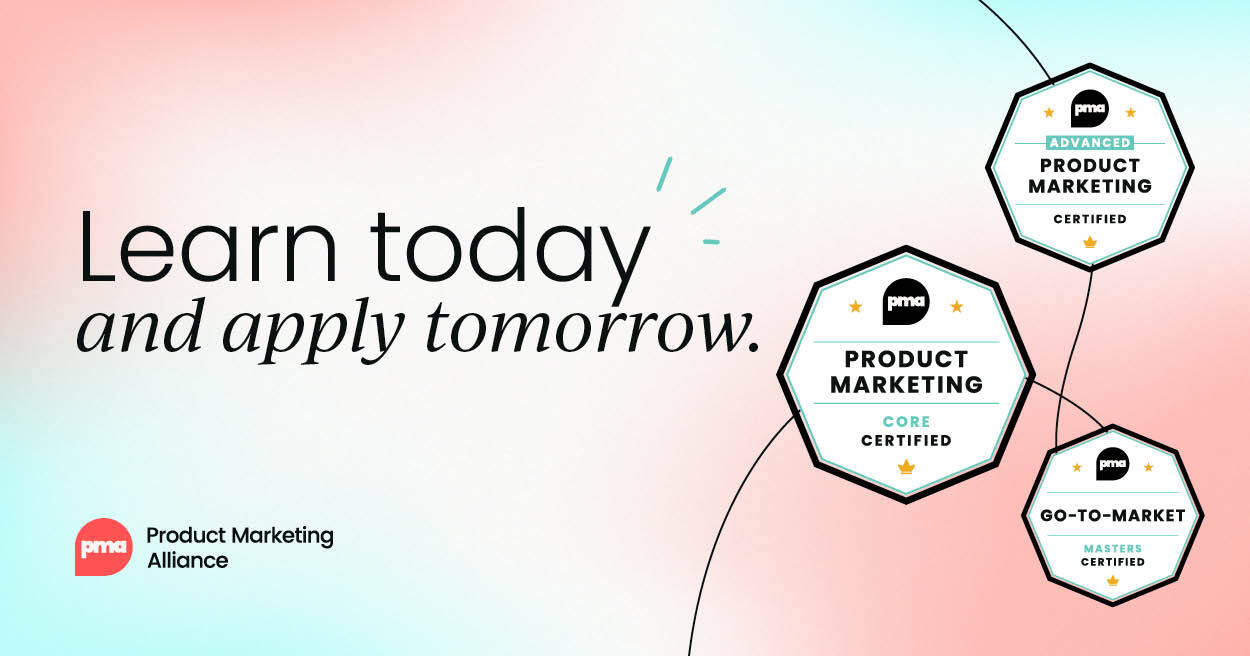
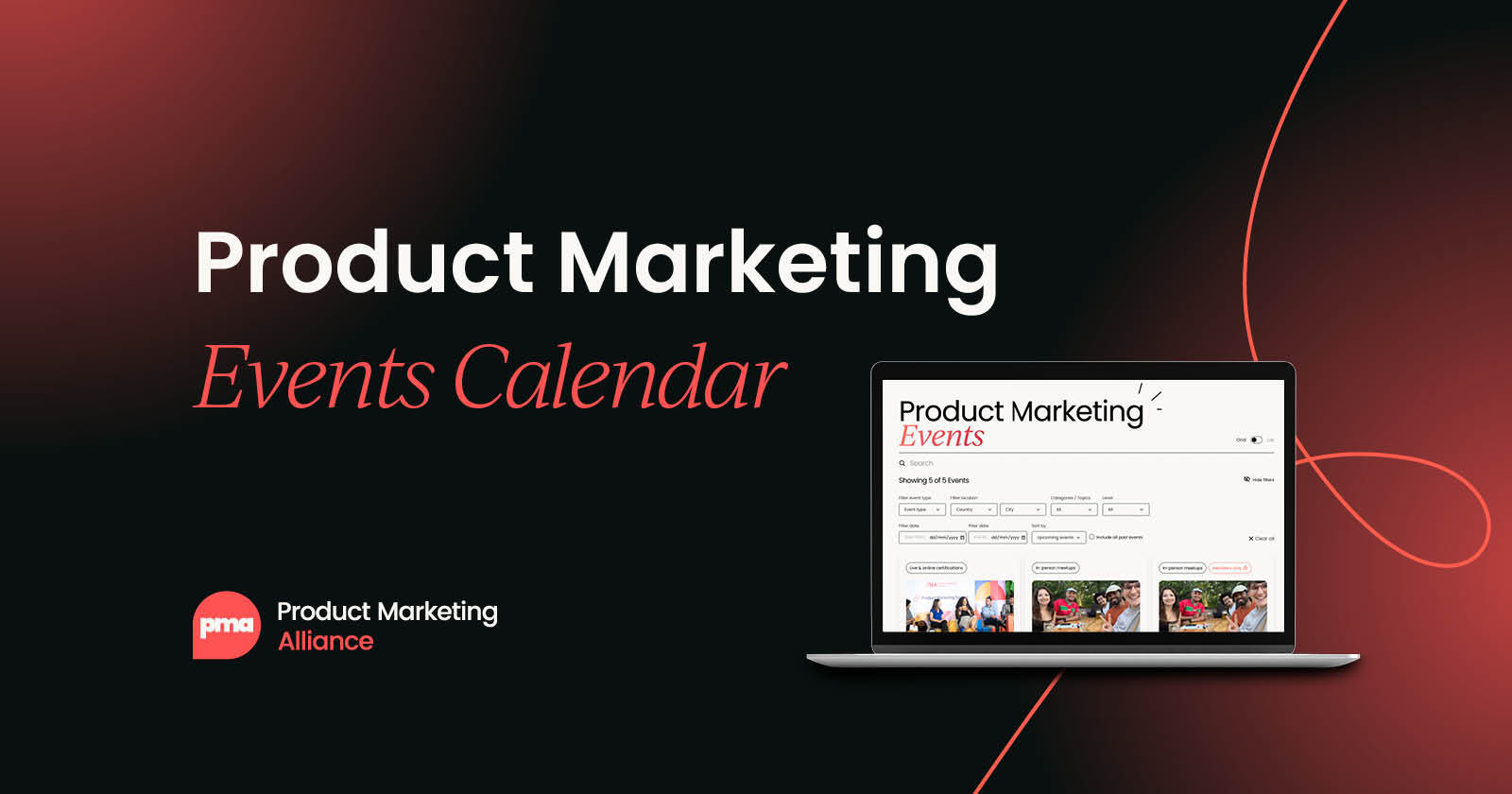


 Follow us on LinkedIn
Follow us on LinkedIn







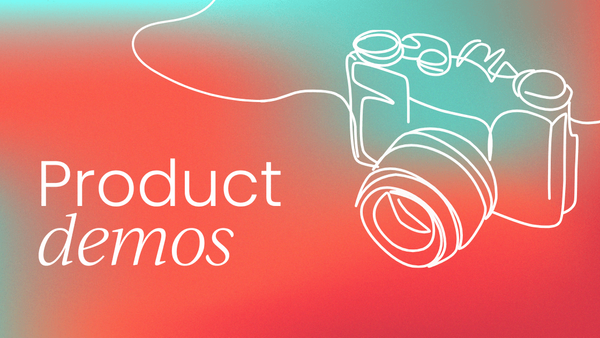

.svg?v=176eabd947)